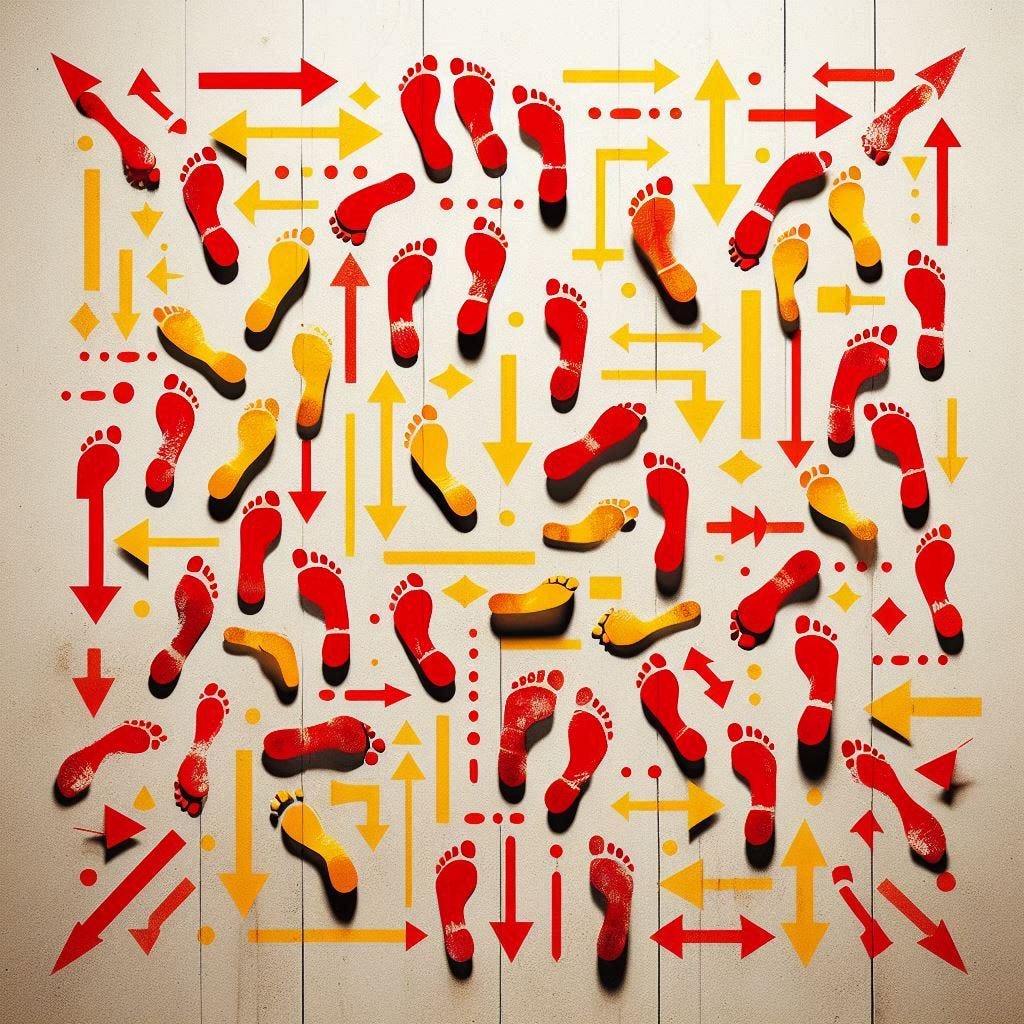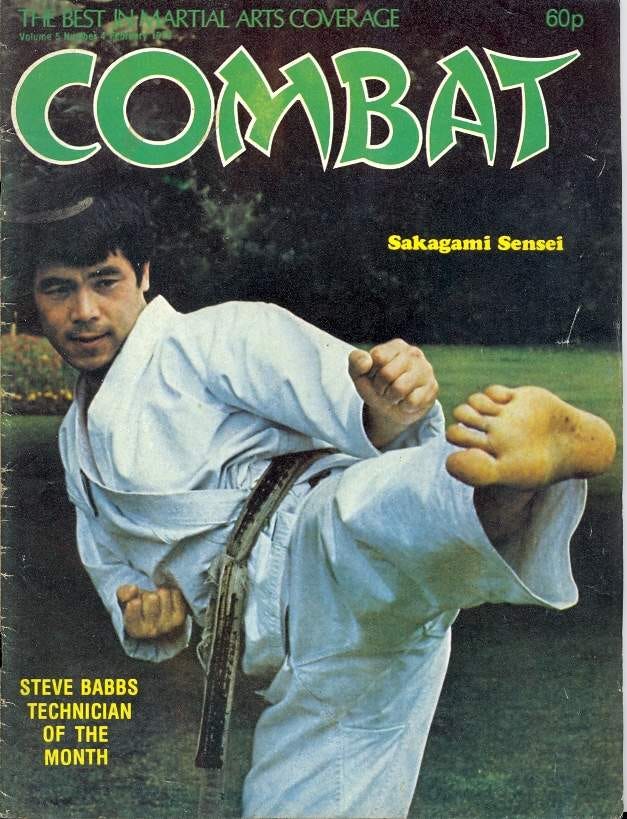A reminder; this is another of my series on technical matters.
On this premium section of my ongoing Substack project, I thought it was time to share some ideas and opinions on technical Wado.
Free subscribers will continue to get the weekly (Tuesday) posts, but to access the bulk of the premium section you need to be a paid subscriber.
There are other advantages of going beyond the paywall; the most important being that you have full access to the previous, more in-depth articles, which include historical Wado and the technical background of Wado karate.
For these new pieces, free subscribers will see the opening section of the post (as a taster) and if your curiosity is excited then, by all means, do upgrade to the premium section.
In this article:
· Seishan and Naihanchi derived stances.
· Stance work as endurance.
· Shizentai.
· Exaggerated stances.
· The wider stances.
Back in the 1970’s in the East Midlands we used to see an awful lot of Sakagami Sensei. It wasn’t very far for him to come across from the West Midlands to run regional courses, a rallying point for all the local Wado clubs.
On one particular seminar he was in ‘lecture-mode’. On one hand he was berating us for either not picking up on what he was saying, while on the other hand we were overcorrecting our moves, creating an exaggerated version of what he wanted – it seemed we couldn’t win either way.
Sakagami Sensei in those days might have been short on detail, but big on rationale. Because, also on this day he was riffing on the theme of stances; in particular Tate Seishan dachi. It was on that course that he made the bold declaration that Tate Seishan dachi was ‘the best stance to fight from’.
Being a big fan of boxing, he often like to speculate out loud about fighting practicalities; a quote from him a few years later, while lecturing us in the changing rooms at the Doncaster Dojo, “Let me tell you, inch for inch and pound for pound Wado is the best fighting system of all karate styles”.
With Tate Seishan dachi he said, “Look where you are; you are equally balanced and can move in any direction; the groin is not open and your back foot is pointing forward, so easy to kick from”. He had a point.
I will have to say at this stage that not all of our stances are ‘practical’ from a functional fighting point of view, but there are more factors to take into consideration.
That is one view of Seishan-derived positioning, because we all know that the dynamics of Tate Seishan originate from Naihanchi dachi. We are dragging the necessary tensions and physical attributes of that stance and pulling them into different shapes, through the lens of Seishan kata, without losing their inherent qualities, and then the clever bit is how we extract meaning and function from those attributes.





